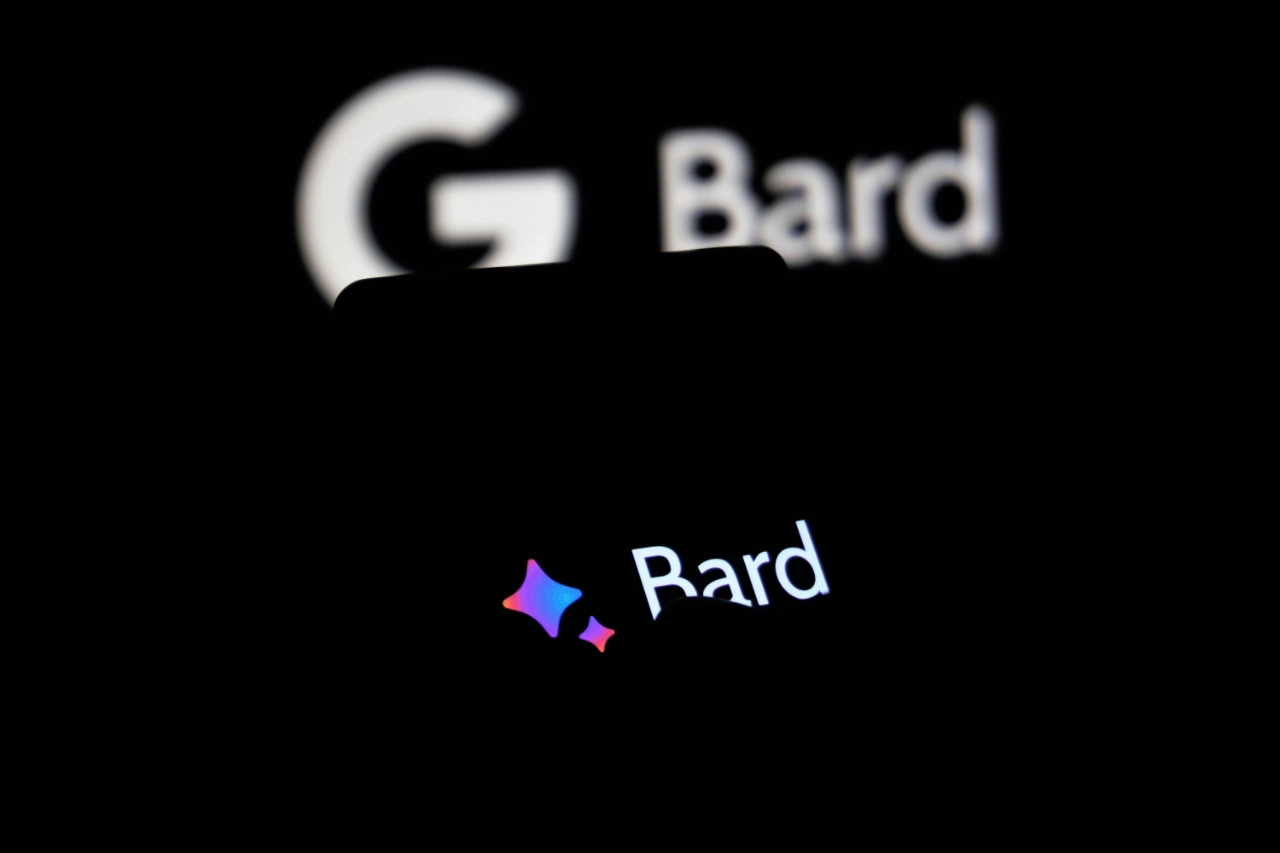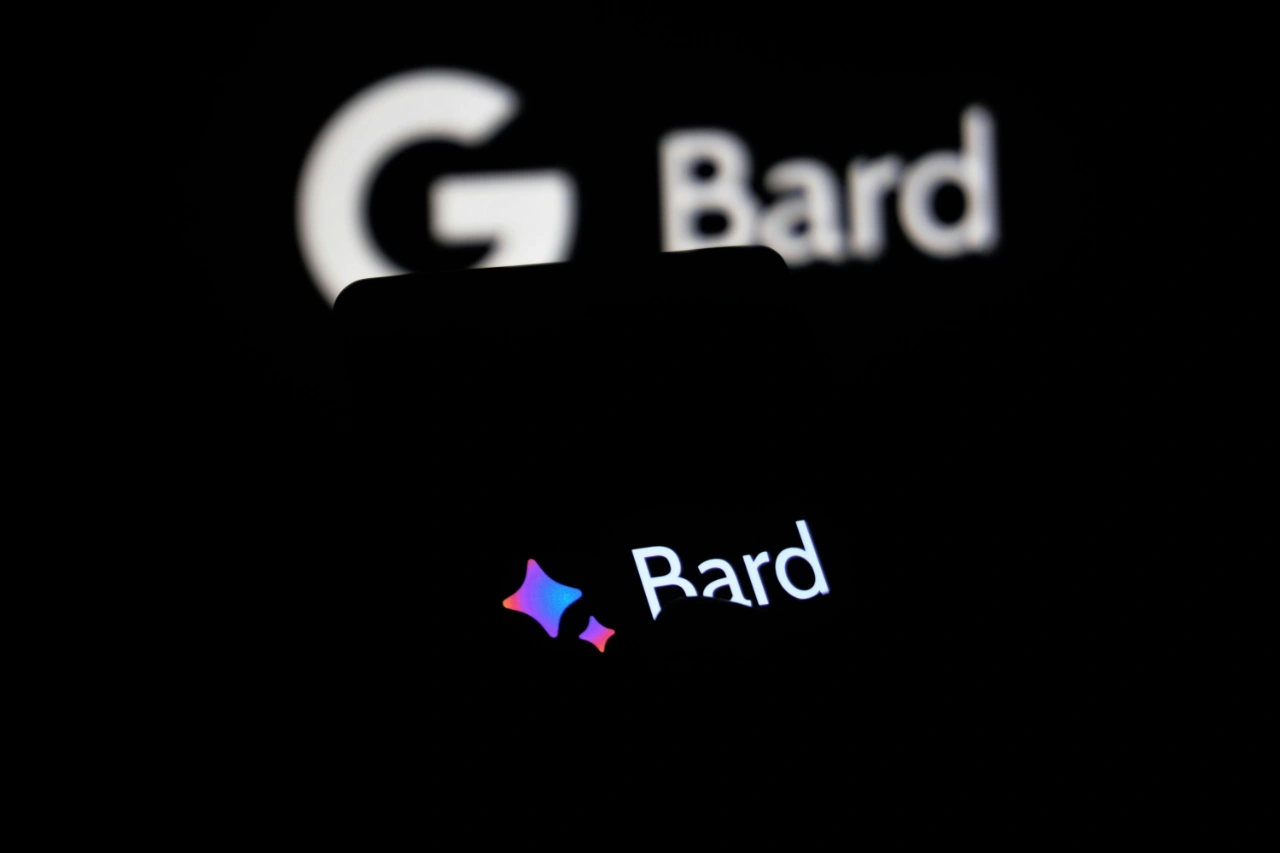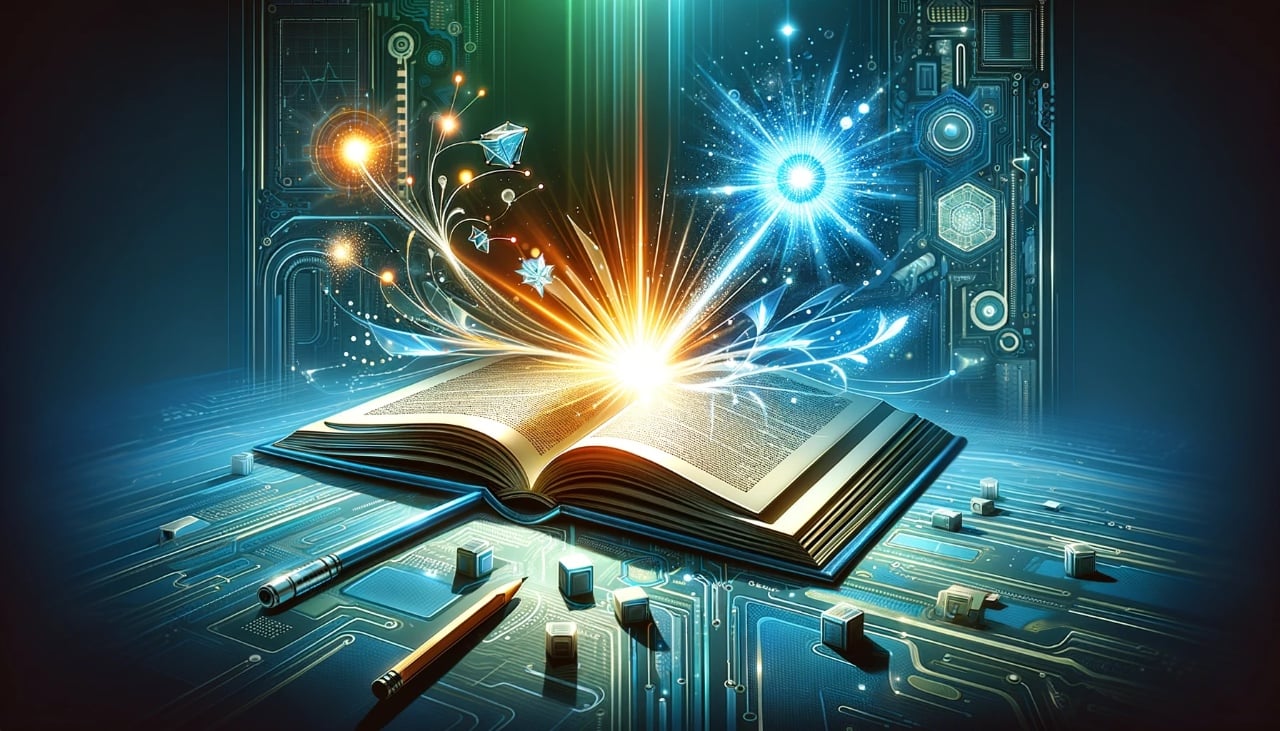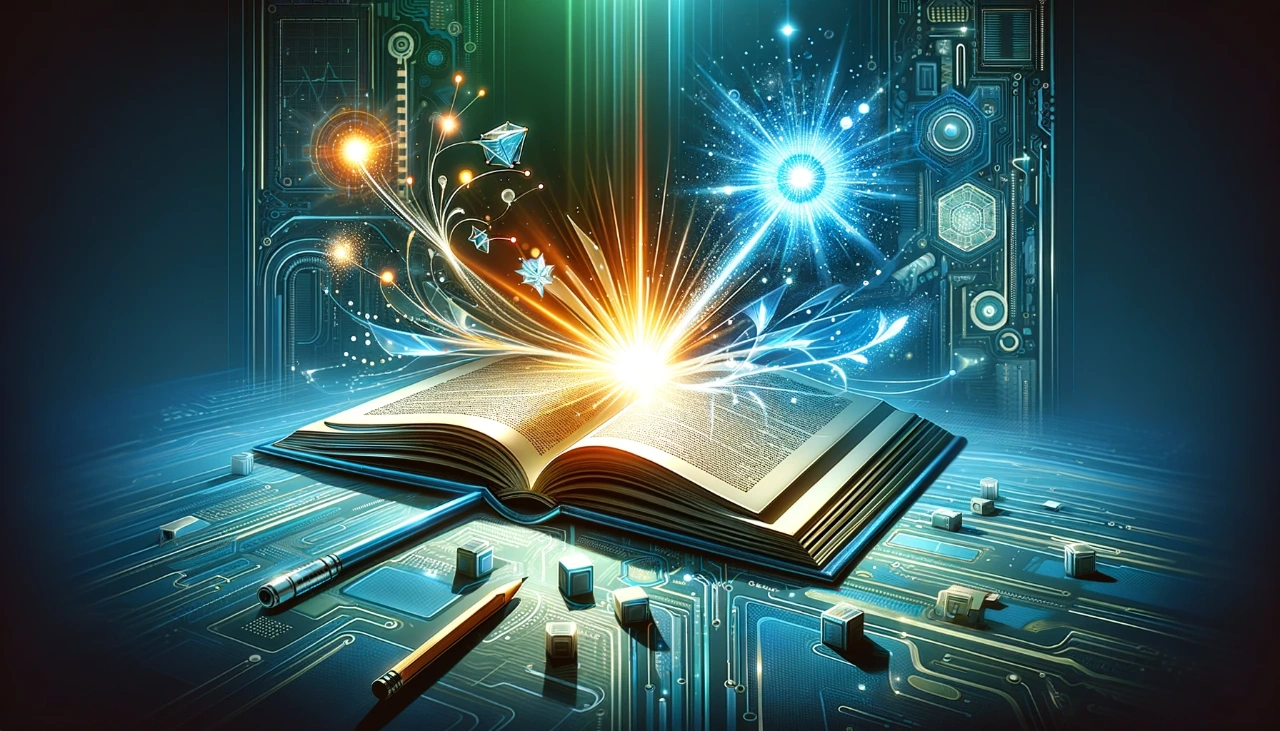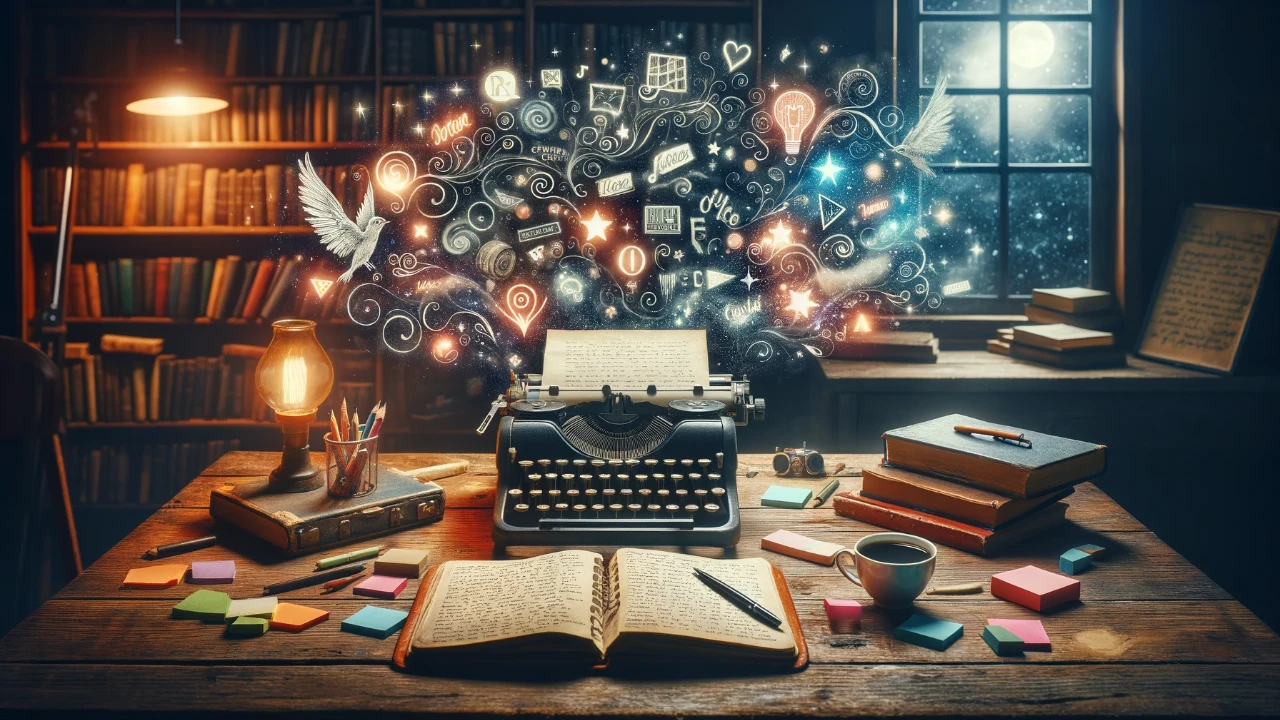
In 2024, the landscape of creative writing has been revolutionized by the advent and integration of advanced AI technologies, with ChatGPT at the forefront. This tool, built upon the sophisticated GPT-4 architecture, has emerged as a powerful ally for writers, poets, playwrights, and other creative professionals. Its ability to generate human-like text, brainstorm ideas, and assist in the writing process has opened new avenues for creativity and innovation in the literary world.
The Evolution of ChatGPT in Creative Writing
To appreciate ChatGPT’s role in creative writing, it’s essential to understand its evolution. Initially, AI writing tools were primarily used for generating short, formulaic text. However, as these models became more advanced, they started showing potential in aiding more complex and creative writing tasks. With the introduction of GPT-4, ChatGPT became capable of understanding and generating nuanced, contextually rich, and stylistically varied text, making it an invaluable tool for creative writers.
Understanding ChatGPT’s Capabilities
ChatGPT’s strengths lie in its ability to process and generate language in a way that closely mimics human thought and expression. Its training on a diverse range of texts enables it to offer stylistic suggestions, and narrative ideas, and even help with character development. For instance, a writer struggling with dialogue can turn to ChatGPT for examples of how a conversation between characters might flow. Moreover, its capacity to understand and emulate various writing styles allows it to provide targeted assistance, whether one is writing a hard-boiled detective story or a romantic sonnet.
The Ethical Considerations
The use of AI in creative processes isn’t without ethical considerations. Issues around originality, copyright, and the blurring lines between human and machine-generated content have sparked discussions in the literary community. While ChatGPT can generate original content, the question of authorship becomes complex when a significant portion of a work is AI-generated. Writers need to navigate these waters carefully, ensuring that their use of AI tools like ChatGPT aligns with ethical standards and copyright laws.
Integrating ChatGPT in the Creative Process
Integrating ChatGPT into one’s creative process can vary greatly depending on individual needs and writing styles. Some may use it as a brainstorming partner, throwing ideas back and forth to develop a story’s plot or characters. Others might employ it more technically, using it to refine grammar, and sentence structure, or to suggest synonyms for a more vivid vocabulary. The key is to view ChatGPT as a tool that complements and enhances the human creative process, rather than replacing it.
The Impact on Publishing and Literature
The impact of AI tools like ChatGPT on the publishing industry and the broader realm of literature is profound. Publishers are beginning to explore AI-assisted writing to increase efficiency and potentially lower costs. There’s also a burgeoning genre of AI-assisted literature, where the collaboration between humans and AI is celebrated and explored. This could lead to a redefinition of authorship and creativity in the literary world.
Fostering Creativity and Overcoming Writer’s Block
One of the most significant benefits of ChatGPT in creative writing is its ability to foster creativity and overcome writer’s block. Providing suggestions and alternative perspectives can help writers break through creative barriers. For instance, when a writer is stuck on a plot point, asking ChatGPT for different plot twists can provide a new angle or solution they hadn’t considered.
Future Developments and Potential
Looking forward, the potential for AI in creative writing is boundless. As technology evolves, we might see more specialized versions of ChatGPT, tailored for different genres or styles. There’s also the possibility of more interactive and immersive AI writing assistants, which could offer real-time feedback and suggestions as a writer crafts their stories.
Summary
Filed Under: Guides
Latest timeswonderful Deals
Disclosure: Some of our articles include affiliate links. If you buy something through one of these links, timeswonderful may earn an affiliate commission. Learn about our Disclosure Policy.




